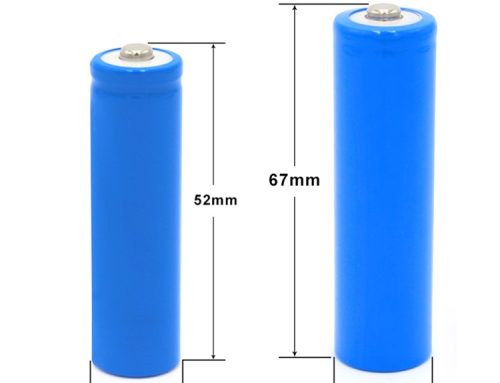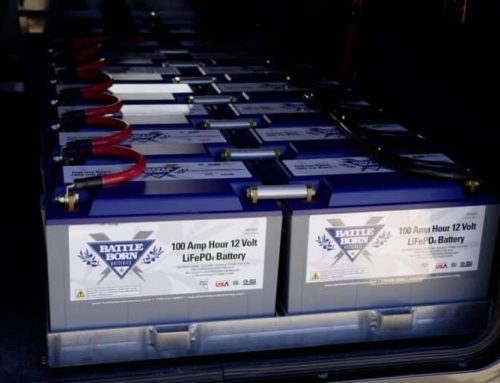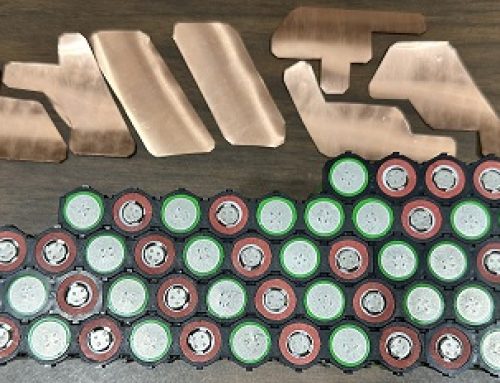Preventing harm is the foremost defense strategy against the hazards posed by lithium-ion batteries. How can you ensure your batteries stay safe and functional?
For numerous companies, the initial indication that one of their lithium-ion batteries has suffered damage is unfortunately a fire. Given the array of dangers associated with lithium-ion (Li-ion) batteries, it’s crucial to identify potential warning signs before an incident unfolds.
Damage to a cell may sometimes be evident. However, with keen observation and familiarity with what to look for, you might also detect issues that could lead to future damage, such as using batteries in high-risk settings or improper usage.
“Imagine being aboard flight 259 from Dallas to Orlando on March 1, 2023, or serving as part of the flight crew, witnessing smoke billowing from a suitcase in the overhead bin, filling the cabin mid-air.” – Emtez, ‘Lithium-Ion Airline Incidents Skyrocketing’ In this edition, we delve into the primary indicators of battery damage and offer practical advice for keeping your batteries—and your operations—optimal.
Download our four-step risk assessment guide for lithium-ion batteries to safeguard your assets.
Five Ways Lithium-Ion Batteries Can Be Damaged
Battery damage can occur instantly due to drops, punctures that compromise the battery’s integrity, or other significant incidents. This is the typical scenario envisioned when considering battery damage and requires protection.
BULGING
However, damage can also manifest subtly over extended periods, especially if the battery frequently encounters temperatures above the recommended range. Such damage is harder to notice but easier to avoid if you’re aware of the signs.
Li-ion batteries can sustain damage through:
- Dropping, crushing, or puncturing by foreign objects, increasing the likelihood of failure.
- Overheating due to temperatures exceeding 130°F, which can lead to thermal overload and thermal runaway, accelerating the degradation of nearly every component within the battery.
- Exposure to low temperatures (below freezing) during charging, causing metallic lithium to accumulate on the anode, leading to permanent buildup and heightened risk of failure.
- Electrical overload during charging and discharging, increasing internal pressure and potentially causing leaks of combustible materials.
- Incorrect charging practices, such as using non-manufacturer-approved chargers, which can lead to overcharging and create unstable conditions within the battery.
Signs of Damaged Li-ion Batteries
According to the US Occupational Safety and Health Administration (OSHA), indications of a damaged Li-ion battery include:
- Bulging
- Cracking
- Hissing
- Leaking
- Rising temperature
- Smoking before use
Rule for Damaged Batteries
Never attempt to charge a damaged Li-ion battery. Doing so significantly increases the risk of electrical overload and thermal runaway, potentially leading to explosion.
Damaged batteries should be isolated in a fire-rated enclosure immediately. Failure to do so raises the risk of accidental charging or ignition, affecting both personnel and property.
Risk Assessment for Operations
Given the variability in accident prevention regulations for lithium-ion batteries, implementing comprehensive safety measures tailored to your operations is crucial. This not only enhances operational safety but also influences insurance claims in case of incidents.
Testing batteries, chargers, and related equipment according to governing standards is part of an effective risk management strategy. For detailed guidance on protecting your operations, refer to our risk assessment checklist designed specifically for Li-ion batteries.
Download your copy of our four-step risk assessment checklist for lithium-ion batteries here.





